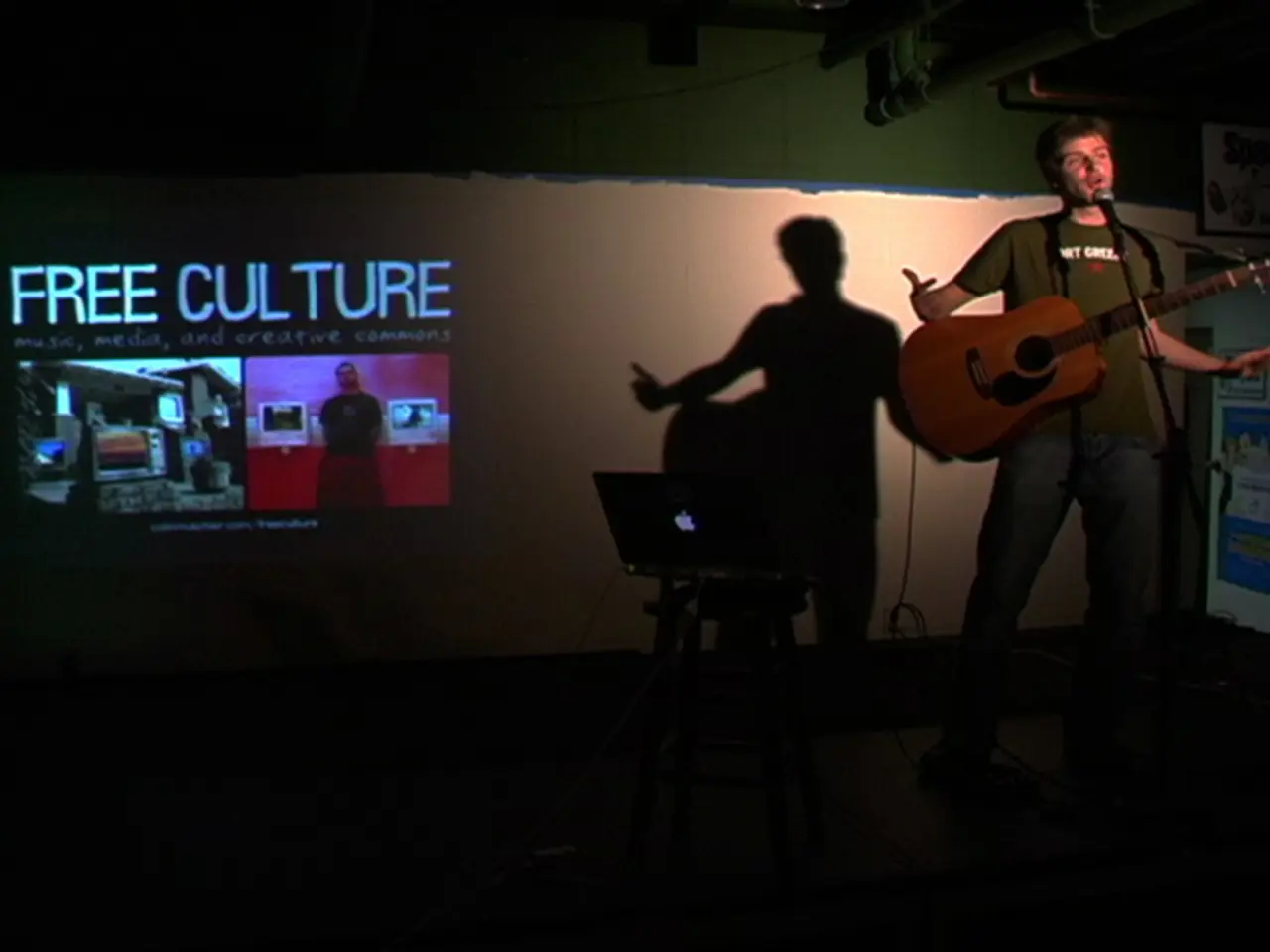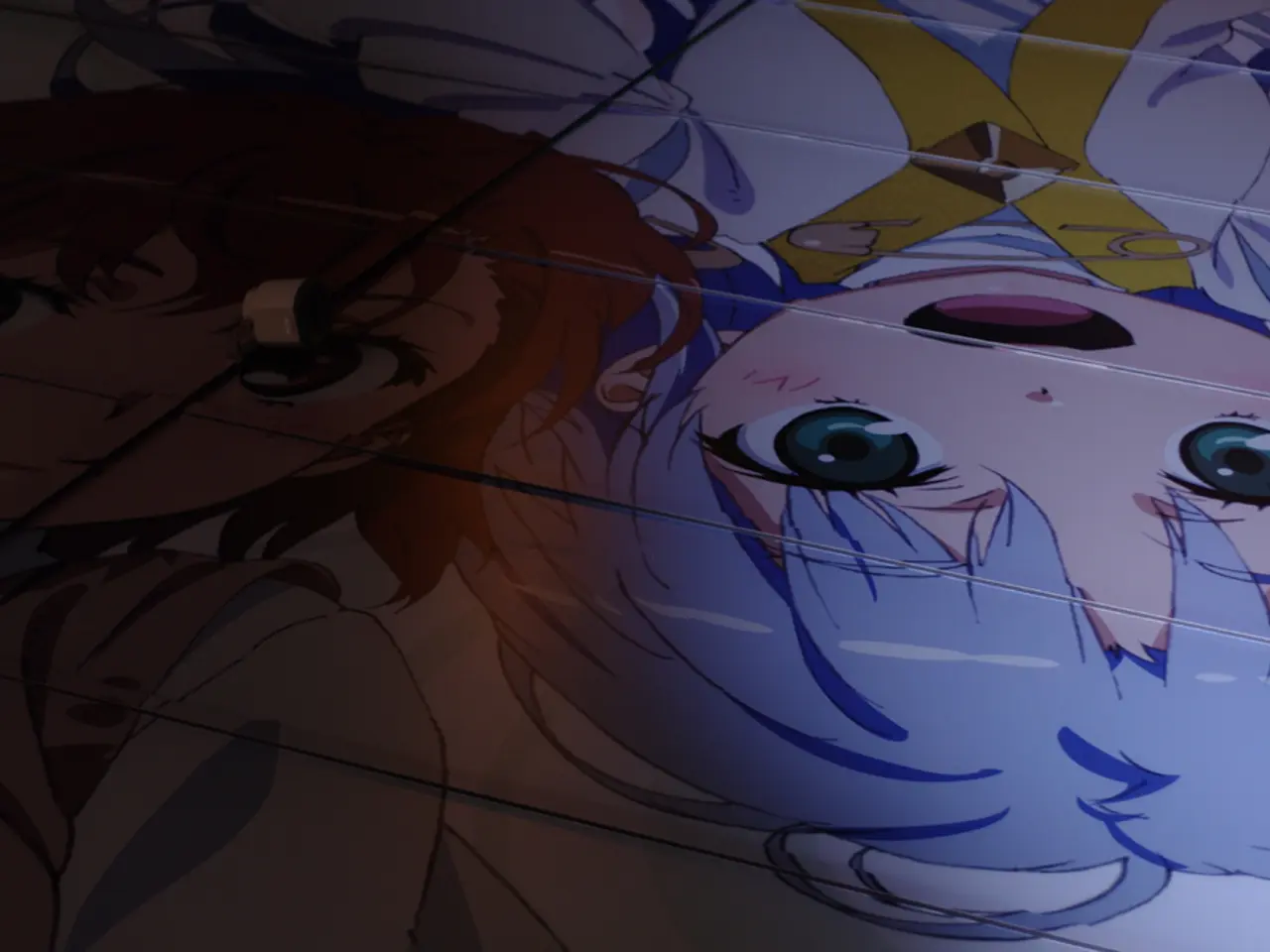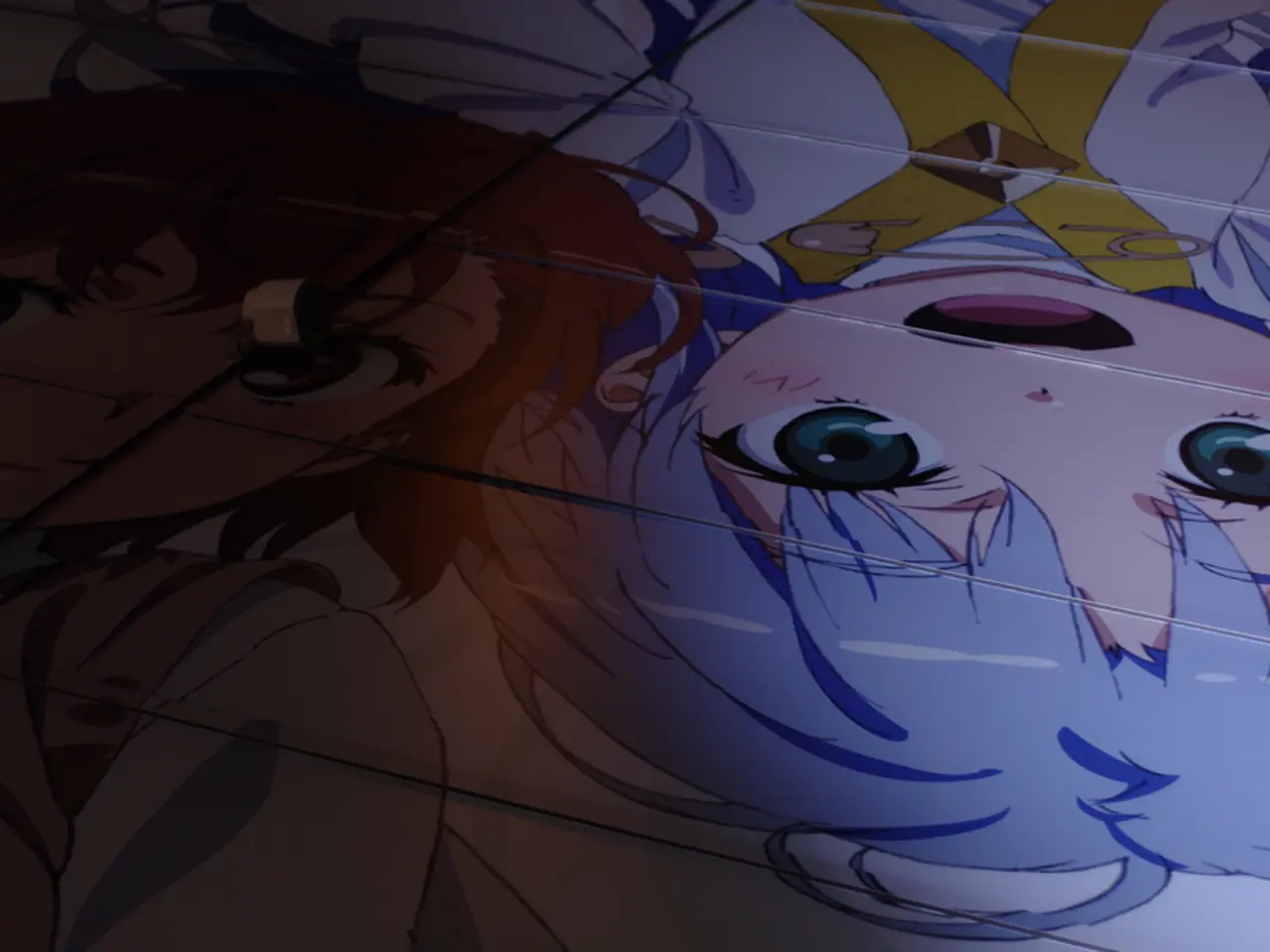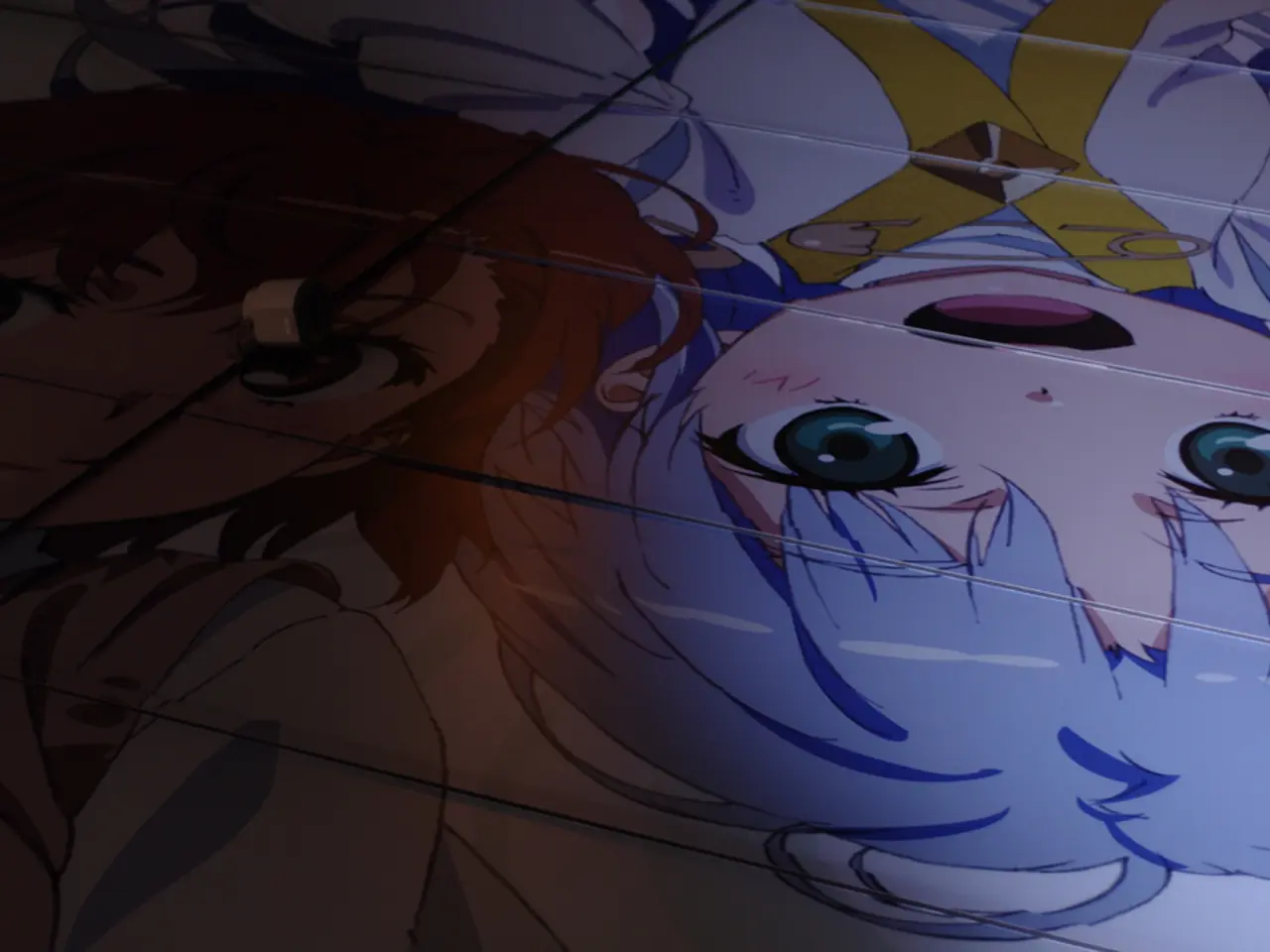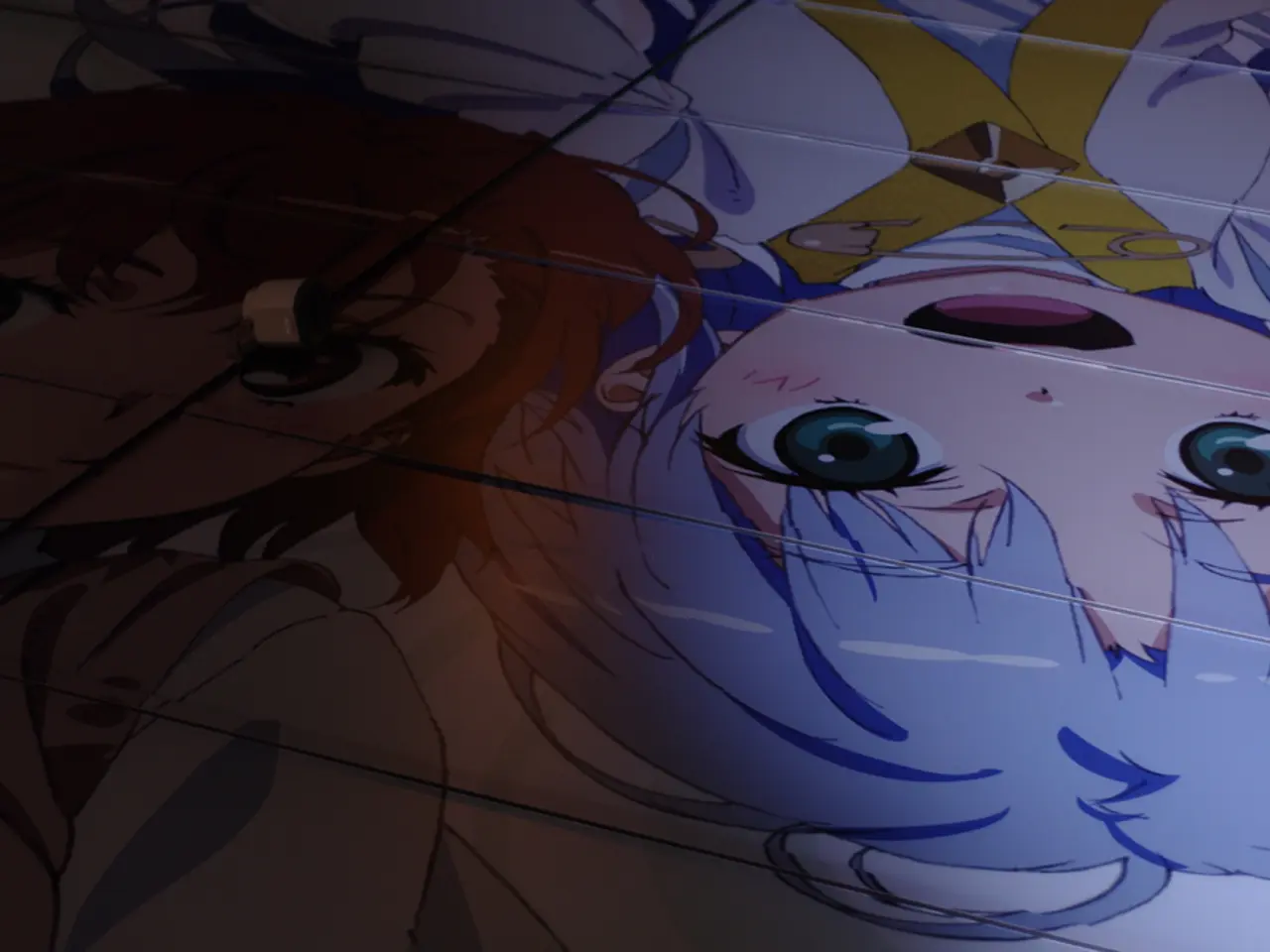Indian Action Cinema's Development: A Journey through Brutality, Brawn, and Nationalism
In the vast and diverse landscape of India, action films have become a common language, weaving tales of justice, patriotism, and rebellion that resonate deeply with audiences across the nation. From the rugged underdog portrayed by Allu Arjun in Pushpa, to the fictional freedom fighters embodied by Ram Charan and Jr. NTR in RRR, the message is clear, powerful, and universal.
As new-age stars rise and film industries across regions collaborate, action is no longer just a genre in Indian cinema, but the pulse of popular storytelling. Directors like Rajamouli, Prashanth Neel, and Atlee are at the forefront of this revolution, combining VFX-driven storytelling, slow-motion cinematography, pulsating soundtracks, and multilingual releases to create cinematic masterpieces.
The evolution of Indian action cinema has been significantly influenced by cultural shifts, politics, and cinematic innovation. In the 1970s, Bollywood films like Sholay and Deewar featured iconic fight scenes that reflected the broader cultural and social context of the time, focusing on themes of social justice and rebellion. These films often incorporated elements of traditional Indian storytelling mixed with modern action elements.
Cultural shifts have been a driving force behind the evolution of Indian action cinema. While Bollywood has been impacted by globalization and the homogenization of cultural narratives, South Indian films have maintained a strong connection with native traditions and rural audiences, contributing to their growing popularity.
Politics have played a crucial role in shaping the narratives of Indian cinema, especially during the period of the Indian Independence Movement. Films from the 1940s, such as Kismet, addressed contemporary issues arising from the movement, using cinema as a platform for social reform. In recent years, films have continued to engage with political themes, with Thangalaan, a Tamil historical action-adventure film, telling the story of a tribal group fighting for their rights in the pre-independence era.
Advancements in cinematic technology have dramatically transformed the action scenes in Indian cinema. The use of VFX and DI has allowed filmmakers to create visually stunning and immersive scenes, as evident in films like Thangalaan, where VFX is used not just for action sequences but also for recreating historical settings and enhancing storytelling.
The 2000s-2010s saw Indian action films focusing on sleek visuals, exotic locations, and high-tech villains, influenced by Hollywood blockbusters. South Indian cinema began setting new benchmarks in scale and visual storytelling with films like Sivaji, Enthiran, and Magadheera. The Baahubali series redefined Indian action films, being epic, emotional, and visually stunning, and paved the way for pan-India action blockbusters.
In the 1970s, the Indian action genre began with the rise of the "angry young man" archetype, redefined by Amitabh Bachchan in films like Zanjeer, Deewaar, and Sholay. Today, modern Indian action films, such as KGF: Chapter 1 & 2, Pushpa: The Rise, RRR, Pathaan, and Jawan, unite North and South audiences with themes of pride, rebellion, and national identity.
Shah Rukh Khan is reinventing stardom through action, while Yash is depicted as a gold mafia slayer turned working-class messiah. The future of Indian action cinema is characterized by emotion, scale, and patriotism colliding to create stories that move audiences across generations and geographies. The Dhoom series, Don, and Ghajini were notable films from this era, while Rajinikanth, Chiranjeevi, and Mohanlal were blending physicality with emotional depth in the South during this period.
In conclusion, the evolution of Indian action cinema reflects a dynamic interplay between cultural authenticity, political engagement, and technological innovation, shaping culture, fashion, music, and dialogue, and leaving an indelible mark on the Indian entertainment industry.
- Bollywood stars, like Shah Rukh Khan, are taking action a step further, reinventing stardom through raw emotion and diverse character portrayals.
- Social media platforms are abuzz with discussions about upcoming sports events, as entertainment enthusiasts eagerly await the latest updates on sports betting odds.
- As romantic movies-and-tv shows continue to charm audiences, animations like Chhota Bheem and Motu Patlu captivate young minds, teaching moral values in a fun and engaging way.
- The fusion of drama, action, and sports is evident in today's entertainment landscape, as the upcoming films Pathaan, Jawan, and Thangalaan aim to engage audiences with their compelling narratives.
